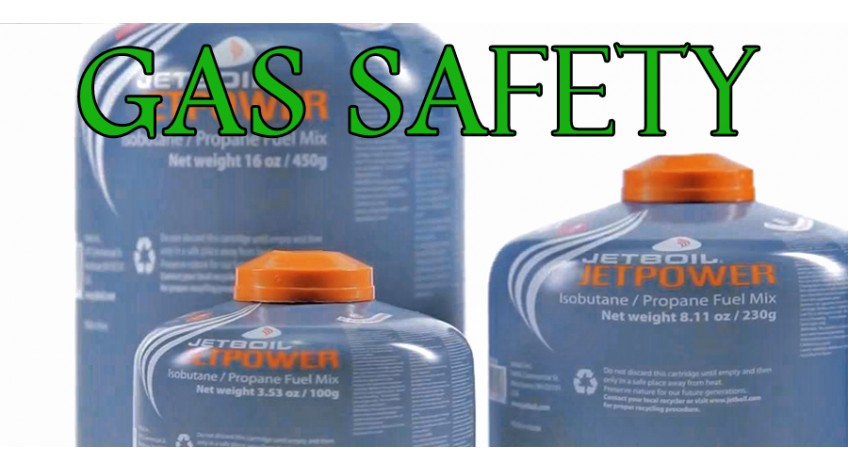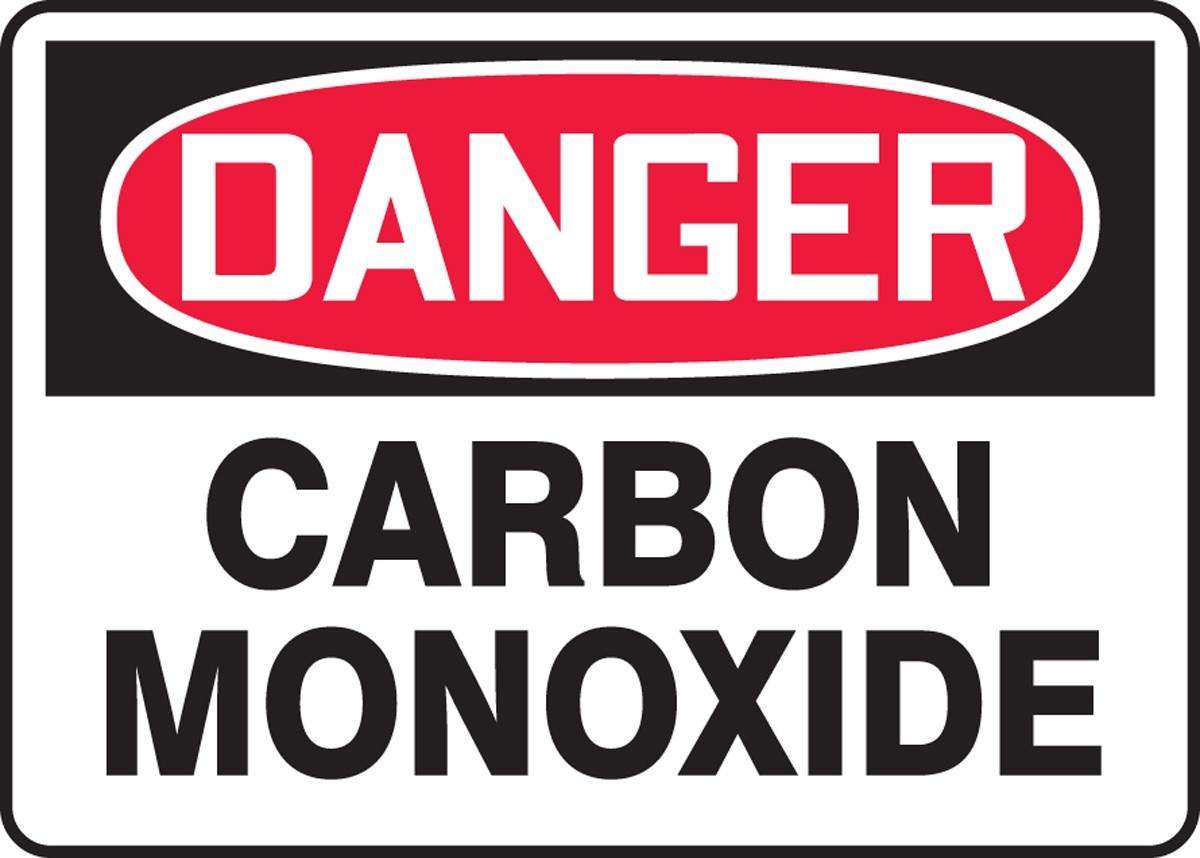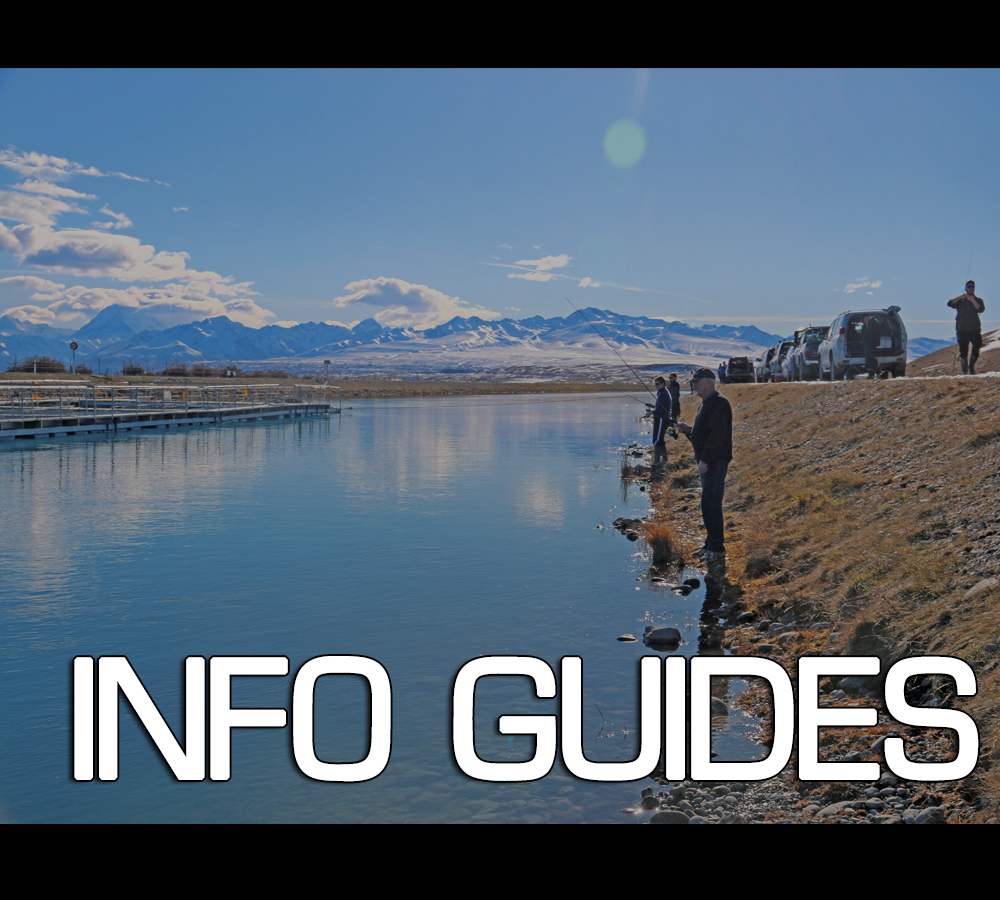

Gas Safety 101
Gas is a fantastic resource for efficiently cooking meals, whilst also being a reliable heat source. However, it is essential to take the necessary steps to ensure all safety procedures are being followed for a risk-free experience.
Check Out Our Range Of Gas
CARBON MONOXIDE POISONING
Camping appliances need air. In New Zealand, the majority of deaths associated with the use of camping appliances have been attributed to carbon monoxide (CO) poisoning.
· Without proper ventilation, stoves and lamps can give off poisonous carbon monoxide.
· A faulty appliance may also emit carbon monoxide even in well ventilated areas.
· Carbon monoxide is highly toxic. While carbon monoxide is odourless, it is accompanied by other emissions that may produce a ‘car exhaust’ smell.

CARBON MONOXIDE POISONING CAN PRODUCE THE FOLLOWING SYMPTOMS:
· Headaches
· Nausea
· Dizziness
· A desire to sleep
Prolonged exposure or high levels of carbon monoxide will result in collapse, unconsciousness and even death.
IF A PERSON IS SUFFERING FROM CARBON MONOXIDE POISONING
· Move them outside immediately to fresh air.
· Call for medical assistance and monitor them constantly until help arrives.
· Be prepared to start CPR if necessary.
REMEMBER
· Use appliances outside whenever possible.
· Never use in confined spaces such as small tents.
· If inside, make sure there’s plenty of space and ventilation.
· Ventilation should allow air to move across the space with openings at high and low levels.
· Keep appliances in good condition.
· Always follow the manufacturer’s instructions.
· Give your flame room to burn – it should just touch the bottom of the pot.
· Do not use appliances if they are giving off a smell as this indicates leaking gas or emissions linked to carbon monoxide poisoning.
· If your appliance is malfunctioning – stop using it.
 | Always change canisters on appliances outside once they have cooled down, especially when other appliances are being used inside, as the canister may still contain some fuel that could be ignited. Other liquid fueled appliances should also be refueled outside (once they have cooled down) for the same reasons. If using a gas burner that doesn’t have a resealable cylinder, you must make sure it is completely empty before detaching it. Otherwise unused gas will escape and may explode if the gas is ignited. Never dispose of empty canisters by throwing them in the fire. They may not be completely empty and will explode. Respect the outdoors, pack out what you pack in. |
WHAT TO DO
· Check for damaged valves
· Keep in an upright position
WHAT NOT TO DO
No matter what the purpose for using a Butane gas bottle, you should always avoid subjecting a gas bottle to heat, as the pressure inside could build to unsafe limits
· Never try to disconnect or unscrew a regulator from a gas bottle if the flame doesn’t go out when the cylinder hand wheel is turned off
· When using a 4.5kg gas bottle, avoid using the rubber washer from the protective black cap as a sealing washer
· Don’t store or use gas bottles in cellars or below ground level
· Never attempt to force a regulator of one size on to a bottle’s valve of another size
· It’s also important to never improvise or modify a gas appliance, and avoid obstructing access to gas bottles
STORAGE AND DISPOSAL OF FUEL CANISTERS
When you have finished using an appliance , turn it off securely or it will continue to produce un-burnt gas. always store fuel canister in a cool place out of direct sunlight. Always change canisters on appliances outside once they have cooled down, especially when other appliances are being used inside as the canister may still contain some fuel that could be ignited.
PORTABLE BUTANE/PROPANE GAS CANISTERS
If you’re on the go then a safe and easy option to crush down fuel canisters is by using the Jetboil Crunch-it tool. This is safe, fool-proof, and compliant with recycling standards, CrunchIt™ punctures Jetboil Jetpower (and certain other) butane fuel canisters, rendering them recycling bin ready.
· Lightweight, rugged stainless steel construction
· Safely vents fuel prior to puncturing
· Useful Jetboil toolkit with bottle opener and jet orifice wrench integrated into handle
· Clips onto carabiner or key ring for convenience





